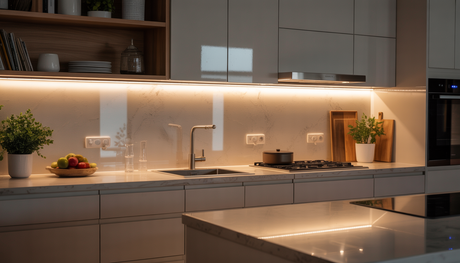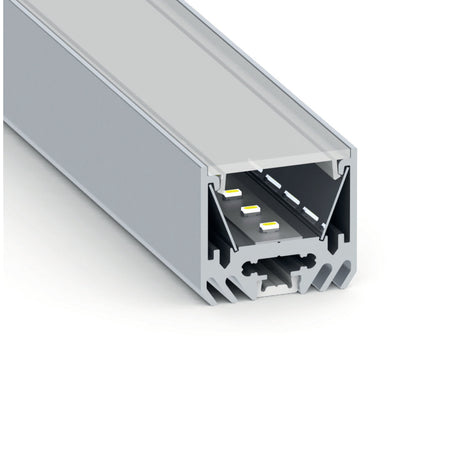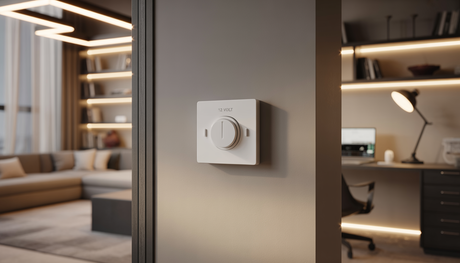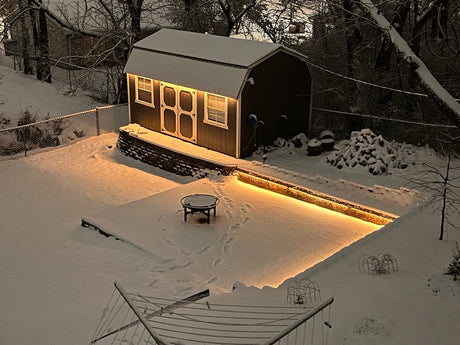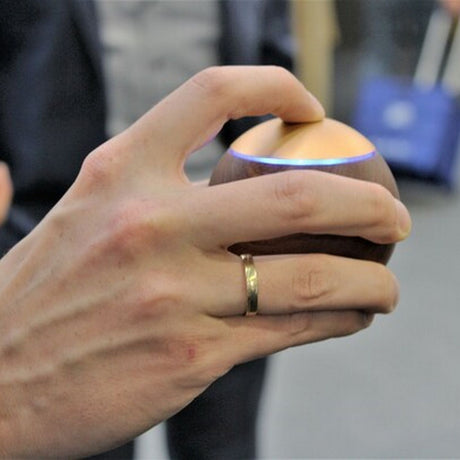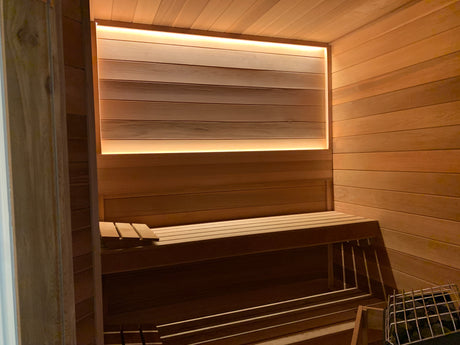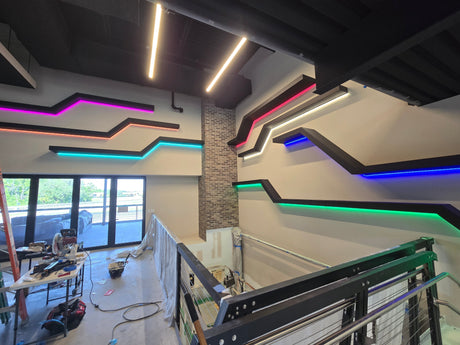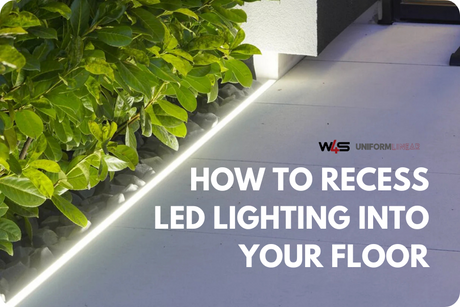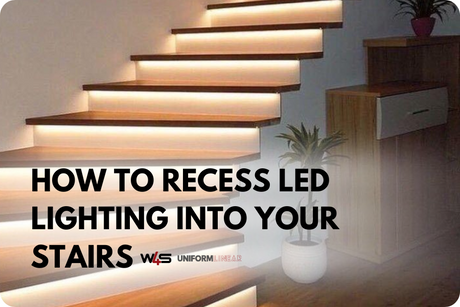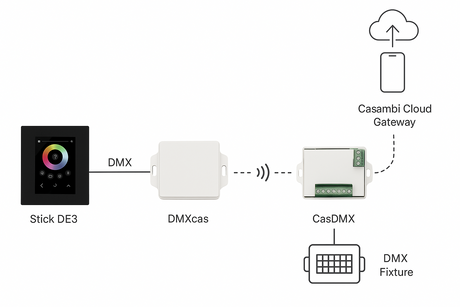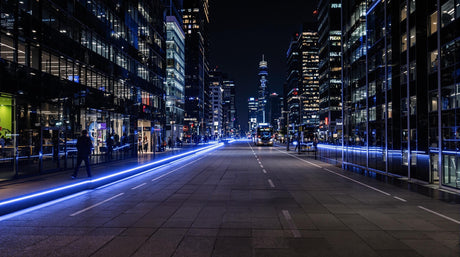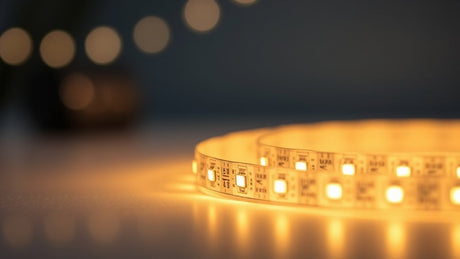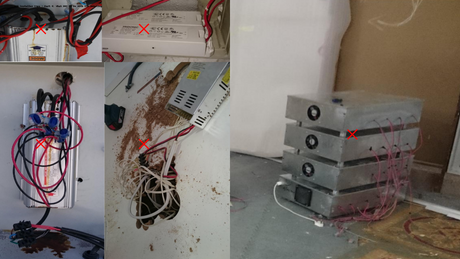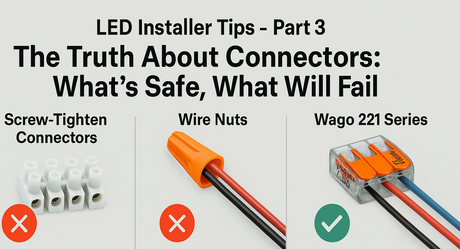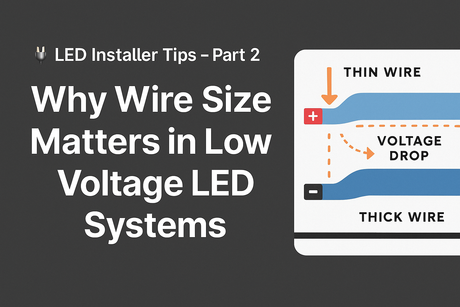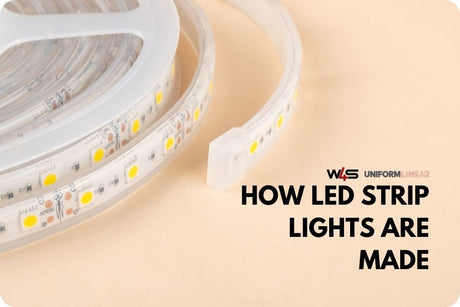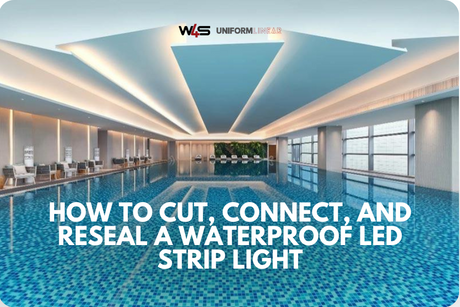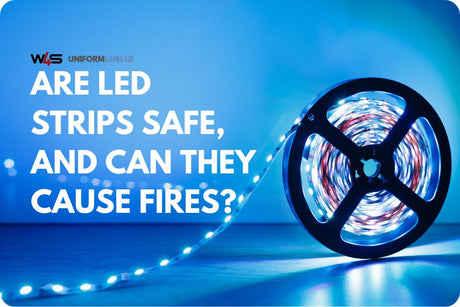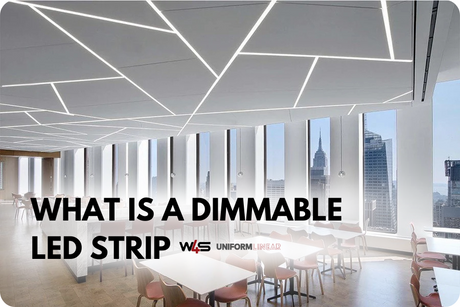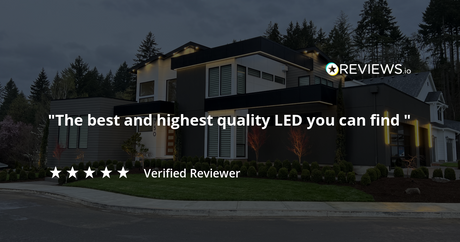Aluminum LED Channels vs. Plastic Channels
When setting up LED strip lights, choosing the right channel significantly affects functionality and aesthetics. LED channels provide protection, help manage heat, and ensure an even light distribution when paired with a diffuser.
But when choosing aluminum and plastic channels, which is better for your project?
In this article, we’ll compare aluminum and plastic LED channels, breaking down their strengths, weaknesses, and ideal uses.
Why You Need LED Channels

LED channels are essential for anyone using strip lights, whether for accent lighting, task lighting, or outdoor setups. They help protect the LED strips from dust, moisture, and physical damage. This ensures the installation lasts longer and stays durable.
To protect the strips, channels help control heat. This prevents overheating, which can shorten the lifespan and performance of the LEDs. When paired with diffusers, they ensure even light distribution, removing harsh spots and creating a smooth and uniform glow.
Aluminum LED Channels: Advantages and Disadvantages

Aluminum channel tracks are often the go-to option for professional and high-performance installations. Here’s why:
Advantages of Aluminum Channels:
Heat Dissipation
The aluminum channel for LED strips has high thermal conductivity, making it perfect for use in LED channels. The element's properties allow good heat management, keeping the lights lasting longer and performing better.
If LEDs do not cool properly, they can retain heat. This can cause lower brightness and darker colors. In some cases, it may even lead to early failure. The aluminum profile leads to the led channel absorbing less heat and preventing these issues.
Durability
Aluminum channels are corrosion-resistant and long-lasting. They can handle tough environmental conditions, making them ideal for indoor and outdoor use. Aluminum channels offer strong protection for LED strips. They keep the strips safe from physical damage, moisture, and dust.
For additional durability against environmental hazards, powder-coated aluminum offers a more durable and visually appealing solution. By adding a powder coating, the aluminum becomes more resistant to corrosion and wear, providing enhanced structural stability while maintaining a sleek, professional finish.
Sleek Aesthetics
Aluminum LED channels provide a clean, modern look that complements contemporary designs. This makes them an excellent choice for high-end residential, commercial, or architectural lighting projects.
The simple look of aluminum channels helps them fit well with different design styles. When used with a light diffuser, they create a soft, even light. This improves the overall feel of the space. Many people often prefer this sleek finish in settings where visual appeal holds equal importance to functionality.
Disadvantages of Aluminum Channels:
Higher Cost
One of the primary drawbacks of aluminum LED channels is their cost. Aluminum channels are generally more expensive than plastic alternatives, which can be a limiting factor for projects with tight budgets.
Many people justify the higher upfront cost. They believe aluminum channels last longer, dissipate heat better and are more durable. For long-lasting performance and low maintenance, aluminum is a smart choice.
Plastic LED Channels: Advantages and Disadvantages
Plastic LED channels offer an alternative to aluminum channels, especially for budget-conscious projects or DIY enthusiasts. Here's how they measure up:
Advantages of Plastic Channels:
Affordability
Plastic LED channels are generally less expensive than their aluminum counterparts. This cost advantage makes plastic channels a good choice for projects needing many channels.
They are also great for homeowners and DIYers working on smaller, budget-friendly installations. Plastic channels help you get the results you want at a lower cost. They are great for temporary setups or situations where looks and heat management are not as important.
Lightweight and Easy to Use
One of the main benefits of LED strip plastic channels is that they are exceptionally light. This makes them easy to handle, cut, and install. They are particularly useful for quick DIY projects or installations that don’t require professional tools or expertise.
UV-Resistant Options
Some plastic LED channels come with UV-resistant features that allow them to reflect more sunlight. These help stop yellowing, fading, or damage from sunlight over time. This is an important consideration for outdoor installations or areas that receive significant natural light.
UV-resistant plastic channels are known for their durability. This ensures your LED setup's aesthetic appeal and usability last longer.
Disadvantages of Plastic Channels:
Poor Heat Management
Unlike aluminum, plastic channels do not dissipate heat effectively. While this might not be an issue for low-power LED strips, it can become problematic for higher-output LEDs, as the heat generated by the strips has no efficient way to escape.
Over time, the trapped heat can degrade the LEDs, reducing their brightness and lifespan. For long-term installations or projects that require high-intensity lighting, aluminum remains the superior option because of its ability to manage heat more effectively.
Less Durable
Plastic channels, while easier to handle, are not as durable as aluminum channels. Over time, plastic can crack or sustain damage, especially in environments with fluctuating temperatures or high foot traffic.
Outdoor applications are particularly challenging for plastic channels, as they may become brittle or fade when exposed to the elements. If durability and long-term resilience are important to your project, aluminum channels are the better option.
Bulky Look
Plastic channels may not offer the sleek, refined appearance that aluminum channels provide. Plastic channels tend to look bulkier, which might detract from the overall visual appeal of the installation, particularly in modern or minimalist designs.
For professional or high-end residential projects, designers usually prefer aluminum channels for their polished, sophisticated look.
Final Thoughts
When choosing between aluminum and plastic LED channels, it’s essential to consider the specific needs of your project.
Aluminum LED channels offer superior heat dissipation, long-term durability, and a sleek, professional appearance, making them ideal for high-performance, long-lasting installations. While they are more expensive, their ability to protect and improve your LED strips makes them worth the cost. This is especially true for projects where heat management and appearance are important.
Plastic LED channels are a cheaper and lighter choice. They work well for DIY projects or temporary setups for lighting fixtures. They are simple to use and offer basic protection for your LED strips.
However, they may not manage heat well and might lack durability. LED strip plastic cover is best suited for low-power lighting applications or situations where cost is the primary concern.
In summary, if you’re looking for a long-term, high-quality solution, aluminum channels are the way to go. For budget-friendly, short-term projects, plastic channels can do the job, but with limitations. Always consider your specific installation environment, the power of your LED strips, and your aesthetic preferences when making your decision.
FAQs
Here are the most common questions asked by people about this topic:
Do LED strip lights need a channel?
While not strictly necessary, using a channel for LED strip lights is highly recommended. Channels protect from dust, moisture, and physical damage, while also helping with heat dissipation. Additionally, channels give your installation a clean, professional look and improve light diffusion, especially when paired with a diffuser.
Does Aluminum Get Hot in the Sun?
Yes, aluminum absorbs heat when exposed to direct sunlight, which is something to keep in mind for outdoor installations. In most cases, this heat absorption helps the LED strips.
It improves heat dissipation if the installation is well-ventilated and not too hot. If you are installing aluminum channels outside in direct sunlight, you need to think about the heat load. This will help you avoid overheating.
Can you cut LED channels?
Yes, you can cut both aluminum and plastic LED channels to fit the specific dimensions of your project. You can cut aluminum channels with a hacksaw or power tool, while you can cut plastic channels with a fine-toothed saw. Always measure carefully and smooth any rough edges to ensure a clean installation.






